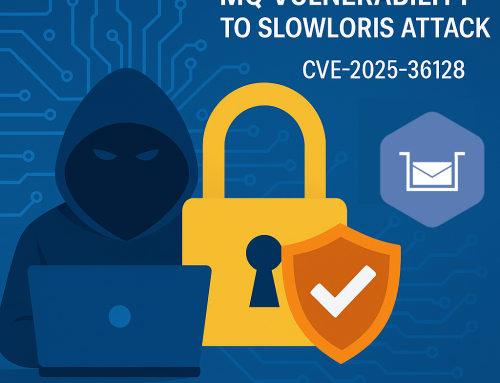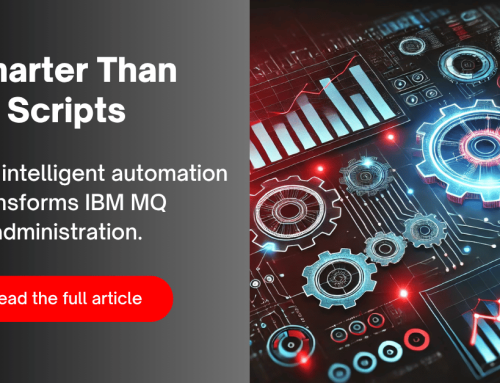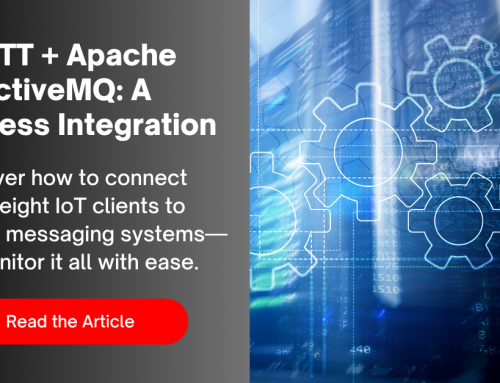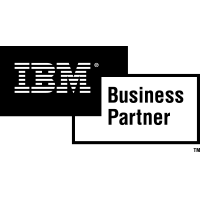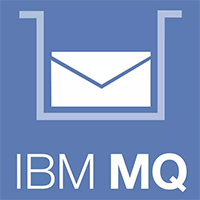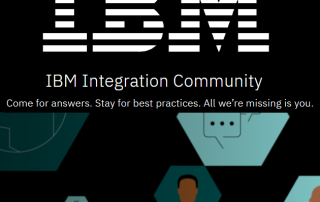- The Digital Complexity Beneath eCommerce in Italy
- Why the Growth of eCommerce in Italy Raises the Stakes for IT Leaders
- How IT Leaders in Italy Can Future-Proof Middleware for eCommerce Growth
- eCommerce in Italy Demands a Modern Middleware Strategy
- Want to learn how to prepare your middleware systems for the eCommerce boom in Italy?
eCommerce in Italy: Why IT Leaders Need to Prepare for the Digital Surge
eCommerce in Italy is experiencing extraordinary growth. Recent reports show that the Italian eCommerce market is on track to reach over €61 billion by 2028, building on revenues of over €47.1 billion in 2024. Meanwhile, digital payments in Italy have surged past €223 billion in the first half of 2024 alone, marking an annual growth of over 8.6%.
These numbers underscore a powerful shift. Consumers in Italy are shopping online more than ever before and adopting digital payments as their preferred method for everything from retail purchases to utility bills.
However, behind this growth story lies a major challenge for businesses operating in Italy. IT leaders in Italy now face the task of ensuring their technology infrastructures can handle the demands of a booming digital marketplace. At the center of this challenge is the often-overlooked backbone of digital operations: transactional and messaging middleware.
The Digital Complexity Beneath eCommerce in Italy
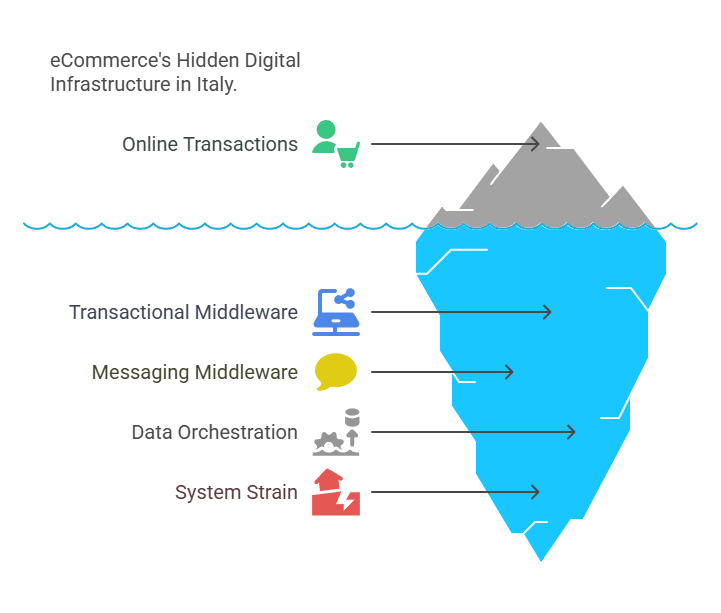
To the average shopper, eCommerce in Italy might look effortless: a few clicks, a payment confirmation, and fast delivery. But behind every successful online transaction is a maze of systems processing data, coordinating services, and ensuring seamless communication across different applications.
This hidden digital machinery depends heavily on transactional and messaging middleware, including:
- IBM MQ, which ensures reliable message delivery between systems.
- Apache Kafka, handling massive volumes of real-time data streams.
- ActiveMQ, managing distributed messaging across applications.
- IBM AppConnect Enterprise (ACE), orchestrating data transformations and integrations.
These technologies are the unsung heroes of eCommerce in Italy. They handle everything from payment processing and order management to fraud detection and logistics updates. Yet as digital transactions soar, these middleware systems face unprecedented strain.
Why the Growth of eCommerce in Italy Raises the Stakes for IT Leaders
The surge in eCommerce in Italy is exciting—but it’s also creating significant new pressures for IT leaders in Italy. Let’s explore why.
1. Soaring Transaction Volumes
Every new customer adds thousands of messages flowing through middleware. For sectors like retail, banking, and logistics, even small increases in online activity translate into huge spikes in transactional workloads.
If middleware environments aren’t ready to scale, they risk becoming bottlenecks that slow down or disrupt eCommerce operations.
2. Expectations for Instant Experiences
Consumers in Italy now expect instant gratification. Whether they’re buying clothes online, transferring money, or checking package status, they want real-time updates and zero delays.
Middleware must keep pace, delivering high performance and low latency even as data volumes grow. Real-time visibility into these systems is now essential to meet customer expectations in the eCommerce space.
3. Rising Integration Complexity
eCommerce in Italy relies on integrations between countless systems. Payments connect to banking networks. Orders integrate with CRM platforms and supply chain systems. Each new connection adds complexity.
Middleware tools like IBM ACE or Kafka are critical for these integrations. However, as more services come online, managing and troubleshooting these integrations becomes exponentially harder.
4. Strict Regulatory and Security Requirements
Italy’s booming digital economy must comply with European regulations such as GDPR for data privacy and PSD2 for financial transactions. Middleware systems handle sensitive data, making them key areas for compliance and security enforcement.
Moreover, as businesses open more APIs and digital services, they expand their attack surface. Protecting middleware environments is crucial for safeguarding customer data and maintaining trust in eCommerce in Italy.
5. Growing Workload on Middleware Teams
The rapid expansion of eCommerce in Italy means middleware teams are stretched thin. They’re managing larger, more distributed systems, often across hybrid or cloud-native environments.
Routine tasks—like monitoring message queues or restarting channels—can consume significant time and resources. Without modern solutions, middleware teams may quickly become overwhelmed, leading to delays or outages that affect customers.
How IT Leaders in Italy Can Future-Proof Middleware for eCommerce Growth
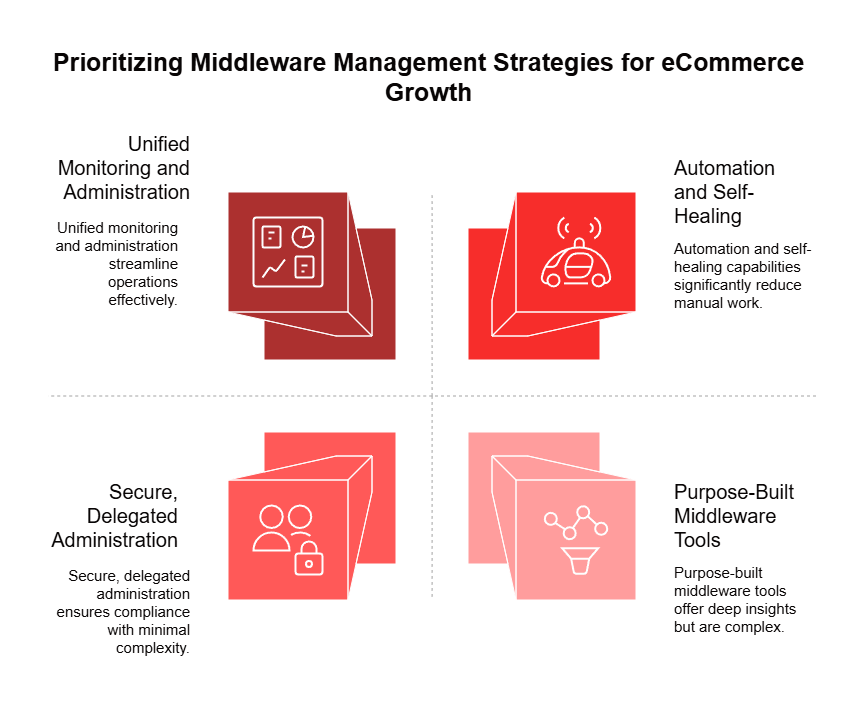
Given the explosive growth of eCommerce in Italy, IT leaders need to rethink how they manage their middleware environments. Here’s what modern middleware management should look like:
Unified Monitoring and Administration
In many organizations, monitoring tools and administrative consoles are separate. This fragmented approach causes delays and inefficiencies. IT leaders in Italy need unified platforms that combine real-time monitoring and administration into one seamless solution.
Such platforms allow teams to detect issues and take immediate action without switching between tools. This reduces downtime and helps keep eCommerce services running smoothly.
Proactive, Real-Time Visibility
Traditional monitoring often relies on averages or delayed log data. That’s no longer sufficient for eCommerce in Italy, where spikes in traffic can happen at any time.
IT leaders should prioritize tools offering true real-time visibility, capable of instantly detecting queue backlogs, slow message processing, or system bottlenecks. Proactive detection helps prevent customer-impacting issues before they occur.
Secure, Delegated Administration
With workloads increasing, no single team can manage everything. Businesses operating in the eCommerce space in Italy should adopt tools that support secure delegation of administrative tasks.
Role-Based Access Control (RBAC) and concepts like “trusted spaces” enable different teams to work independently on their domains without compromising security. This collaborative approach ensures efficiency and compliance while managing growing transaction volumes.
Purpose-Built Middleware Tools
Generic monitoring tools often lack the deep insights needed for technologies like IBM MQ, Kafka, ActiveMQ, and ACE. IT leaders in Italy should look for purpose-built solutions that understand the specifics of middleware operations.
Such tools provide visibility into unique middleware metrics—like queue depths, message IDs, partition lags, and channel health—that generic solutions can’t capture. This granularity is critical for ensuring the performance and stability of eCommerce systems in Italy.
Automation and Self-Healing Capabilities
To manage the relentless pace of eCommerce in Italy, IT teams need solutions that automate repetitive tasks and support self-healing processes. Automation can handle:
- Retrying or rerouting failed messages.
- Restarting channels or brokers automatically.
- Testing middleware resilience with synthetic transactions.
This reduces manual work and ensures that middleware systems remain reliable—even during traffic surges.
eCommerce in Italy Demands a Modern Middleware Strategy
The growth of eCommerce in Italy is transforming how businesses operate. For IT leaders in Italy, this means preparing middleware environments for higher volumes, greater complexity, and stricter compliance demands.
Those who modernize their middleware strategies will be equipped to deliver seamless, high-speed digital experiences. Those who don’t risk service disruptions, customer dissatisfaction, and lost revenue.
Now is the time to assess whether your current middleware tools and practices can handle the surge. The middleware layer is where customer satisfaction, compliance, and business continuity intersect. It deserves the highest priority in your digital transformation plans.
Want to learn how to prepare your middleware systems for the eCommerce boom in Italy?
- Read our next blog post on how your middleware systems and teams can prepare for Italy’s digital surge
- Check out our paper on “Navigating the Digital Commerce Surge in Italy: Middleware Strategy and Infrared360’s Role.”
More Infrared360® Resources


